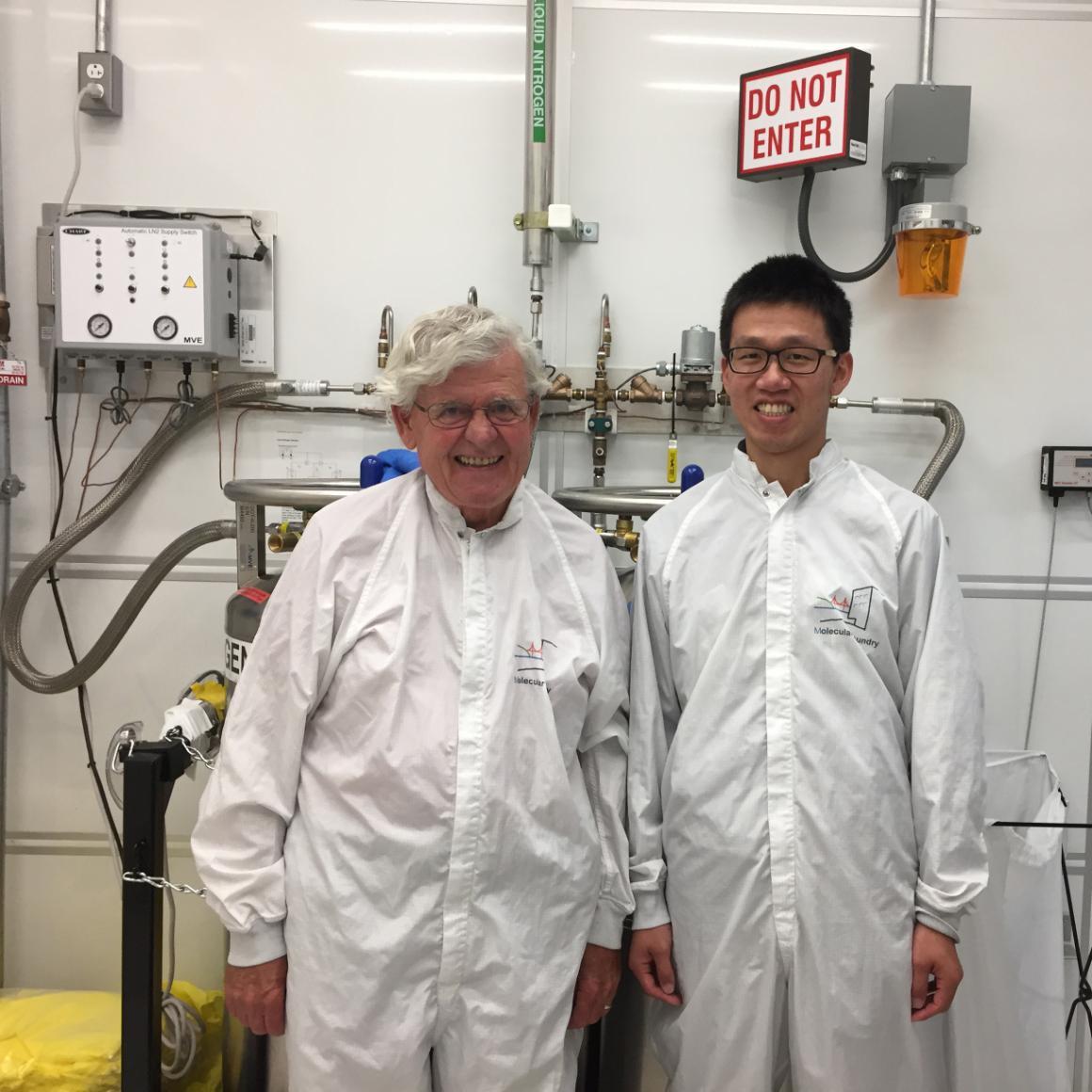
Discovery Can Be So Sweet
You never know what gift might spark creativity or what glimmer of an idea might pay big dividends in the long run. When electrical engineering Adjunct Professor Allen Sweet was just 10 years old, his father presented him with a crystal radio set kit. As he built his first radio, he began demystifying the wonders of physics and engineering. Hearing the first very faint transmissions from his simple radio receiver, Sweet recalls, “I was in love!” Ever since that day, he has been building better and better—and smaller and smaller—radios over a career that has involved a lifelong love affair with telecommunications. Now, a discovery he made decades ago just might be about to hit the big time.
With a Ph.D. from Cornell University, Sweet became involved with telecommunications “way back, pre-cellular in the 1970s,” where he whetted his appetite for the field by building components for long distance microwave transmissions. Over the years he worked at some of Silicon Valley’s largest companies, becoming a radio frequency/microwave communications expert along the way and eventually starting his own consulting firm. “There were a lot of people doing new and unique things in the 1990s, and it was exciting helping clients find their way in wireless communications,” said Sweet, who served as program chair for the very first conference on commercial uses of microwave technology held in Santa Clara, California, in 1994.
It was during the early 2000s that Sweet began working with the president of a small Santa Rosa company (Vida Products Inc.) on an invention so ahead of its time, they didn’t quite know what they had. “With a Small Business Innovation Research grant sponsored by NASA we were able to lay some groundwork for advanced wireless communication and we patented certain aspects of our work, built some prototypes, found investors, but realized something was missing. The invention lay asleep while we tried to figure out the right way to take advantage of our discovery. At the time, we didn’t fully understand the significance of our work,” he said.
While this idea was percolating deep within his brain, Sweet began teaching graduate electrical engineering courses at SCU. Bringing decades of cutting-edge experience into the classroom, he teaches introductory and advanced courses in radio frequency integrated circuit (RFIC) design, while simultaneously continuing his research and consultancy that now includes laser scanners, fiber optics, high speed optical receivers, high efficiency 4G linear power amplifiers, and so much more. In lieu of a traditional final, students in his class are challenged to create their own integrated circuit (IC). “I take them through the individual pieces of an RFIC throughout the quarter and at the end I give them the overall specs for a relatively large IC. It’s up to them to find creative ways to put the bits and pieces together to tailor an end product for the customer.” Different components and configurations have different weaknesses and strengths; taking advantage of those combinations is the challenge of the assignment. “It stretches them to be creative and think outside the box. Grad students are good at that,” he added.
Capitalizing on the talent in his classroom, the professor has tapped one of his students, recent M.S. graduate Szu-Fan (Paul) Wang, to help him advance the field of nanotechnology. Now, nearly twenty years after patenting those ahead-of-their-time ideas, Sweet believes his inventions could unlock 5G cellular technology. “The worldwide cellular communications network is completely saturated,” he said. “There is not enough spectrum available for all the necessary cell calls and data transmissions. It has reached the limit and people in the cellular network business need revolutionary change—fifth generation cellular technology that far surpasses 4G, operating at higher frequencies and at 10x data rate. Everything has to scale by a factor of 10.” With excitement in his voice he adds, “My co-inventor and I are looking at what our discovery can contribute. We think it can not only contribute, it may be essential to the success of 5G.”
To make their 12-year-old discovery viable today, they were invited to research minitiarizing the invention at Lawrence Berkeley National Laboratory's world-class nanotechnology center.
“We realized our device was too big to fit in a cellular handset. We need to make an integrated circuit out of it, but it’s difficult to shrink all the pieces and parts down to the molecular level. The Lab invites people in to work on pet ideas that will help nanotechnology grow in new and different ways. Paul and I are working on how to grow a certain compound [called] YIG for use in the IC that is, at its root, a kind of gemstone called garnet. Adding other elements to garnet generates an extremely coherent, low noise signal based on spin precession occurring at the higher frequencies necessary for 5G. I think we’re way ahead of the game at this; we can offer a factor of five increase in data rate using our signal sources,” he said.
“We still need to get over a couple significant hurdles,” he cautioned. “But we’re getting ready to test, and if successful, it would be a great breakthrough!” Wouldn’t that be sweet?!
Allen Sweet and Paul Wang conduct their research on 5G cellular technology in the Lawrence Berkeley National Laboratory’s Nanotechnology Center. Photo: Allen Sweet